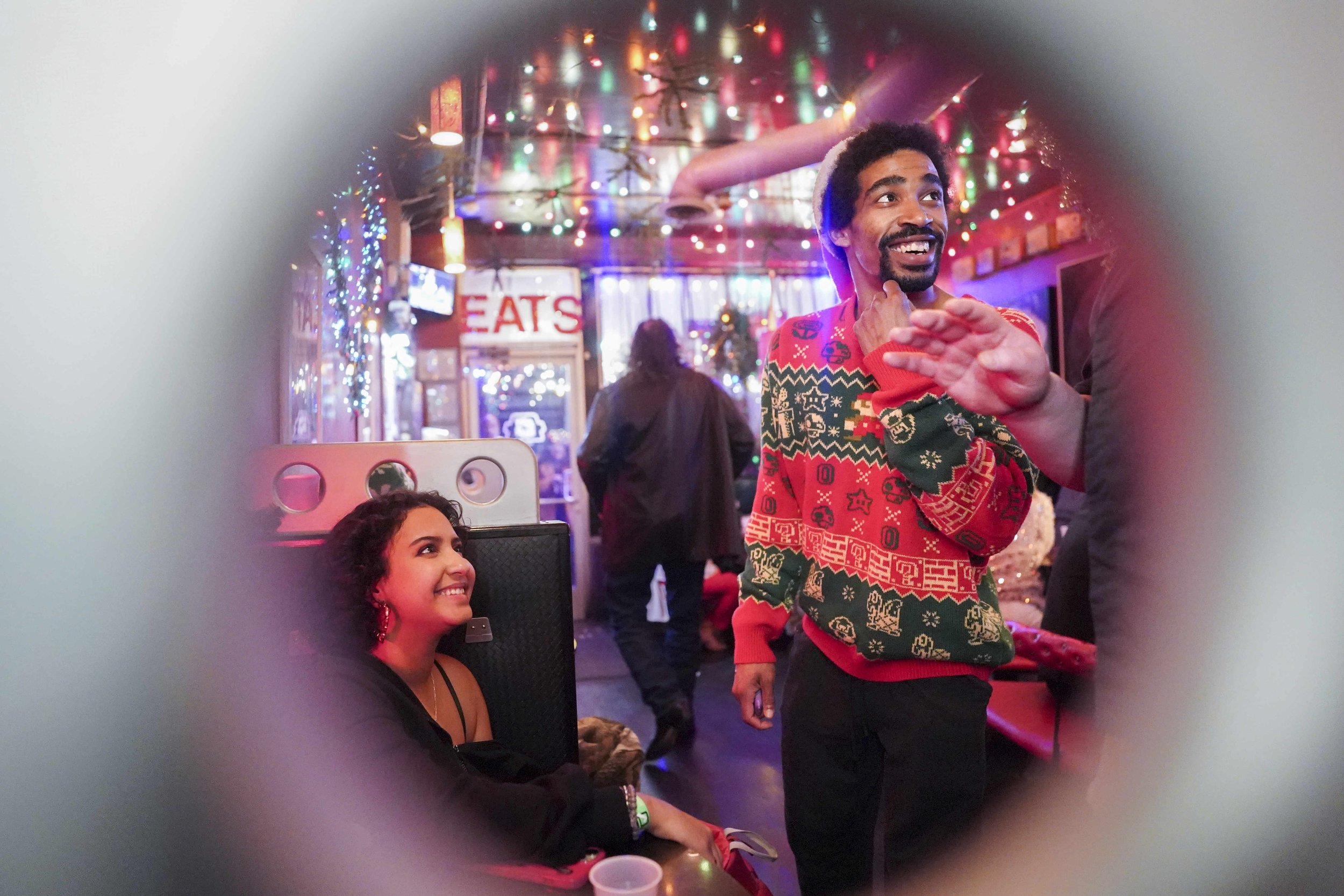Lessons in Photojournalism (Part 3)
This is the third part in a series about what I’ve learned in my 25 years as a photojournalist. Here is the first lesson.
23. FREELANCE VS STAFF: There are two types of working photojournalists: Freelancers and staffers. Staffers are mostly on assignment with consistent work, regular paychecks, benefits, equipment and repair budgets with a connection to a newsroom.
Freelancers work on assignment and occasionally — on spec. The other stuff, not so much.
Although it happens, “shopping and licensing” news photography in real time is pretty rare. Once again, learning about licensing is boring but valuable. This is most relevant for long term profitability of your work.
Also, freelancers don’t get pink slips — we become ghosts.
24. JUST DO IT: Proactivity is key. The photojournalism job market is poor and shrinking. Competition has always been high and there is less work available with each passing day. For freelancers, this means we will probably have to take on our own personal projects when we don’t have assignments.
How else will we have the opportunities to practice — and keep our skills sharp, like a staffer at a daily newspaper? Can we monetize these projects or something related to them?
I’m not where I am now — without hundreds of personal projects. Many small, some big. I’m still trying to figure out how to make this all work.
25. BROKE & TARGETED: Learn to live with no money and be prepared to be an entrepreneur. Resourcefulness is key. Newspapers are tanking. Consider sustainability. Prepare to be targeted by politicians as an "enemy of the people.”
Photojournalism does not pay well and the prospects are slim. Most have been forced to abandon the profession.
Competition is tough and with a changing media landscape professionals are bobbing and weaving — trying to survive. If you’re not up for Goliath challenges, you may want to reconsider.
26. SHORT OR TALL: If you are big and tall, use your height to see over crowds. If you are short and small, use your size to navigate through crowds and get up close to people. At 5 6, you’re less intimidating than someone 6 5, especially when you get close.
Remember, get closer — until you step on a land mine.
We each bring different personal attributes to our roles as photojournalists. The challenge is to find where those intersect. This will help you develop a personal style.
27. SUPER POWERS: Keep a step ladder and extra memory cards in your vehicle. Stash an extra memory card in your wallet. These are super powers.
28. ORDINARY: Most photojournalism is not a crazy new event. Most assignments document normal, everyday life - and there is value in that.
29. NPPA: Join the National Press Photographers Association (U.S.) or your national photojournalist organization. This might be more important than your state or city press association. I’ve found the topic of photojournalism is rarely addressed by reporters or editors.
30. EQUIPMENT: Heading into 2025, I’d suggest a mirrorless camera body, a wide prime, or a wide/medium zoom (24-70) and a 70-200. If you can afford it, go with two camera bodies, preferably, the same exact models — for menu, button and operation consistency.
My typical news kit is two Sony a9ii bodies, a 20mm, a 50mm and a 70-200. I’ve got bigger lenses for sports and politics. But you don’t need that. We will also probably never get all the gear we want. Avoid this chase.
31. BIAS: Everyone harbors some degree of bias. The key is recognizing that the guardrails in journalism, like caption writing standards — help keep us in line when doing our jobs.
Studying media literacy and history while listening to people who aren’t like we do, will also help counter bias. This is where formal education regarding process can be quite helpful.
32. ETHICS: Photojournalists work within ethical guardrails. For example we can’t ask a subject to move or do anything for the camera. That I, unless we are making portraits and we communicate that in the caption. For example: “Robbie Robertson poses for a photo at City Limits Barbeque in West Columbia, South Carolina on Saturday, January 11, 2025. Robertson is 2024 James Beard finalist.”
There are also strict limitations on how we post process our photos. With the help of the NPPA, I cover this in greater detail at the end of this video linked here.
Organizations like the NPPA regularly address the specifics of ethics and this is evolving conversation
33. ASSIGNMENTS and WORK: Like I mentioned before, there’s not many photojournalists covering news on their own, and then selling or licensing those photos to news media companies.
Because of the speed of the news cycle and the high frequency in which citizens provide photos of news events — at no cost, most paid work involves communication and signed agreements — before coverage of a newsworthy event.
To get assignments, you need to get your portfolio and contact info in front of people that hire photojournalists. This is normally an “assigning photo editor.”
34. MAKING IT WORK: As a photojournalist, you’ll probably need to shoot sports, news, portrait, food and more. Sports and portraiture appear to be the most valued at local daily newspapers. As a freelance photojournalist you’ll also shave to take on other work.
For some, that’s often a combination of commercial, wedding, event, and video work. Many freelance photojournalists also drive for Uber and wait tables. I bartended for a decade.
35. UPHEAVAL: Most of the photography market and journalism markets are separately experiencing dramatic changes and who knows what is next at this intersection.
About the author: Sean Rayford is a freelance .photojournalist based in Columbia, SC working with Getty Images, The New York Times, The Associated Press and many others.











